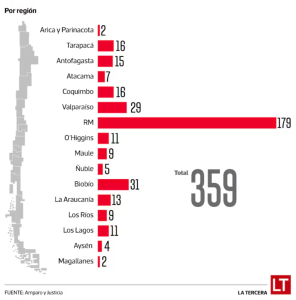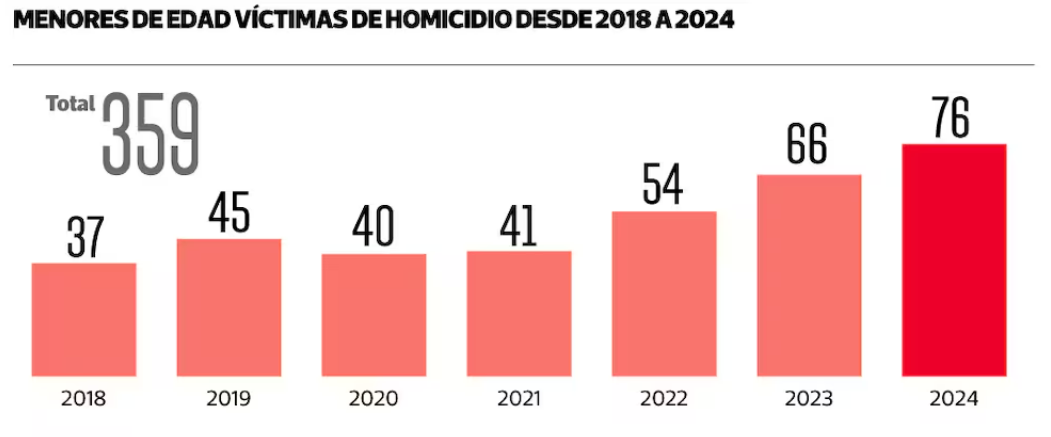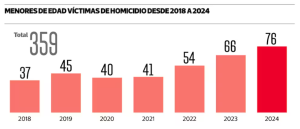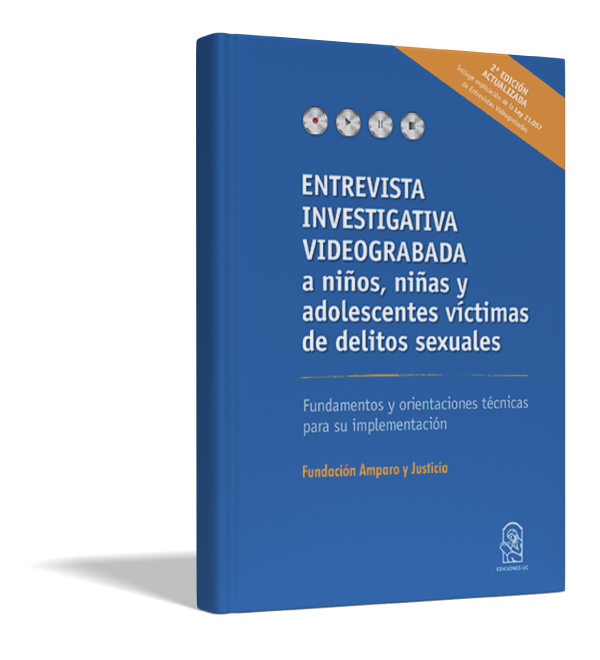Last year, according to the NGO, 76 children and adolescents died as a result of homicide.
During the past year, 1,207 people died as a result of homicide in Chile. Although the figure is lower than in previous years, it reveals an alarming situation: 76 of the victims of this crime were children and adolescents. According to an analysis by Fundación Amparo y Justicia, the statistics mean that a child was killed every five days during 2024.
The NGO’s statistics, officially gathered from the Undersecretariat for Crime Prevention, not only reflect an alarming proportion of crimes involving children and adolescents, but also reveal that last year saw the highest number of minors who lost their lives due to a violent crime.
The organization also refers to data from the past seven years, which shows that during that period, 359 children were victims of homicide.
During that same period, crimes of this type doubled, rising from 37 cases in 2018 to 76 last year.
For Loreto Moore, Executive Director of Fundación Amparo y Justicia, “it is a critical situation that the number of victims has doubled over a seven-year period. Since 2019, a steady increase has been observed. Although the pandemic seemed to temporarily slow this trend, the rise picked up strongly again starting in 2021.”
“This is not an isolated or stagnant phenomenon: between 2023 and 2024, the number of victims rose from 66 to 76. This means that a child was killed every five days in our country. It shows that violence against children and adolescents continues to grow and demands an urgent and coordinated response from the State and society,” adds the Executive Director.
The foundation’s analysis details that 64.1% of all homicides involve victims who are minors between 15 and 17 years old. While the other 35.9% were children between 0 and 14 years old.
More homicides in public spaces
Where changes have also occurred in the development of these crimes is in the contexts in which they take place.
According to the report by Amparo y Justicia, last year 83.3% of minors between 15 and 17 years old who were homicide victims were killed in public spaces.
In 2018, considering the same factors, that proportion was 50%, which reflects a substantial increase over the past seven years, the NGO highlights.
Meanwhile, regarding those who have lost their lives in private homes, the number has decreased. Although it is concentrated among those deaths of minors between 0 and 14 years old (68%), since they are the ones who have been victims of crimes within their family environment, meaning inside the home where they live.
Moore explains that “adolescents, having greater autonomy, engage in more activities outside the home, which increases their exposure to risks in public spaces. This has also been demonstrated by international evidence.”
But not only that, as the NGO’s Executive Director also warns that “this is compounded by the increase in levels of violence in neighborhoods, which raises the risk not only for adolescents but also for younger children. Evidence of this is the worrying rise in homicides involving firearms, which have quadrupled during this period in the case of children and adolescents.”
The regional reality
But it is not only the increase in homicides targeting children that alarms Fundación Amparo y Justicia. The organization also warns about the complex situation at the local level, given that three regions account for two-thirds of all deaths from violent crimes involving minors over the past seven years.
In detail, the Región Metropolitana has recorded 179 crimes from 2018 to last year, meaning the capital accounts for 50% of homicides involving a minor victim. Following behind is the Región del Biobío with 31 cases, and Valparaíso with 29.
Moore explains that the different regions of the country “reflect diverse realities.” She states this is because “in those with more populated urban centers—such as Valparaíso and Biobío—a pattern similar to that of the Región Metropolitana is observed: the victims are mainly adolescents, the incidents occur in public spaces, and firearms are involved.”
“The large cities tend to exhibit behaviors similar to those of national capitals due to their lifestyles, with a greater presence of violent contexts, drug trafficking, and other criminal phenomena,” states the Executive Director.
Moore concludes that to improve this complex situation, “there is still a lack of systemic understanding of the problem by all State agencies, as well as a coherent response based on that understanding.” For example, the education system and the health system can play a key role in the early detection of violations and in promoting respectful treatment of children and adolescents. Although this approach is present in institutional discourse, it still needs to be effectively translated into practice.”








